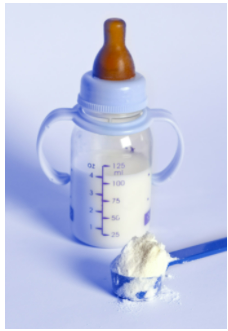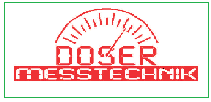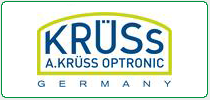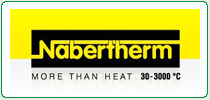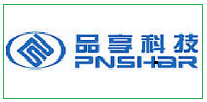USE
Provides a nutritional supplement for babies up to 12 months old.
TEST EQUIPMENT
Instrument: Powder Flow Tester (PFT)
Trough: 230 cc, 6-inch diameter
Lid Type: Vane Lid, 304 s/s, 33cc, 6-inch diameter (Flow Function)
Wall Lid, 304 s/s, 2B finish, 6-inch diameter (Wall Friction)
Type of Test: Flow Function Test, Wall Friction Test
Temperature: Room Temperature (70-72° F)
Humidity: 24%
TEST METHOD
A Brookfield Powder Flow Tester, equipped with Powder Flow Pro software for automated instrument control and data acquisition, was used to test this name brand baby formula. The baby formula was scooped into the trough, and the scraping tool was then used to evenly distribute the powder throughout the trough. After recording the sample weight and entering it into the software, a standard flow function test and then a wall friction test were run. Time required for each test was 35 minutes and 20 minutes respectively.
PARAMETERS MEASURED
Flowability Very Cohesive to Easy Flowing
Wall Friction 16.5º
Bulk Density 440 kg/m³ (fill density) to 620 kg/m³ (12.5 kPa)
ANALYSIS
Hopper Shape Conical
Arching Flow Factor 1.40
Critical Arching Dimension 5.456 inches (136.4 mm)
Rathole Diameter Dependent on bin diameter
RESULTS
Figure 1 shows the flowability of the baby formula at different levels of consolidating stress. These results show that the baby formula is generally easy flowing except at low levels of consolidating stress where it begins to fall into the cohesive and very cohesive range (below 3 kPa).
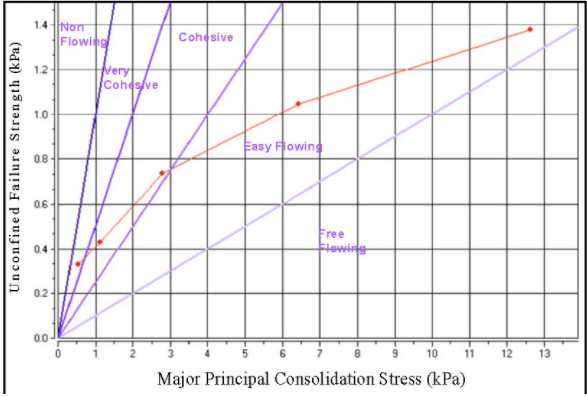
Figure 1: Baby Formula Flow Function
Figure 2 represents the angles of wall friction at different levels of normal stress. Angles of wall friction represent the friction between the sliding powder and the wall of the hopper or chute at the onset of flow. In this test a stainless steel lid was used, illustrating what the friction would be like if the baby formula was in a stainless steel hopper. The effective angle of wall friction for this powder remained at a static 16.75° throughout all levels of normal stress.
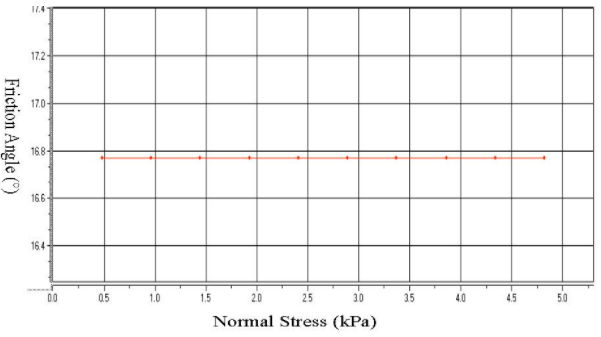
Figure 2: Baby Formula Wall Friction
Figure 3 shows the bulk density of the material at different levels of consolidating stress. This graph tells us that the baby formula has a fill density of about 440 kg/³ and rises to about 620 kg/m³ at around 12.5 kPa of consolidating stress. In general, a free flowing powder will show very small changes in bulk density, whilst a cohesive or poor flowing powder will generally show a large increase in bulk density.
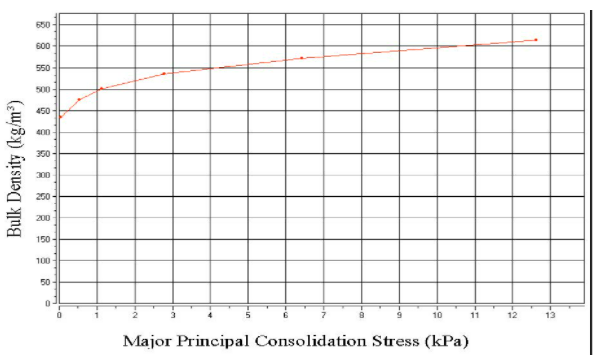
Figure 3: Baby Formula Bulk Density
CONCLUSION
The baby formula is a very cohesive to cohesive powder at low consolidation stress levels and easy flowing at high consolidation stress levels. This means that the baby formula may have flowability issues as the hopper empties. Possible problems include arching (when the powder forms a cohesive bridge over the outlet) and ratholing (when the powder flows out only from the center leaving the rest of the material static against the walls). The critical arching dimension, of 5.456 inches (136.4 mm) provides a conservative estimate to prevent arching from happening, provided the minimum outlet dimension of the hopper exceeds this value. The critical ratholing dimension is dependent on the diameter of the bin. Powder Flow Pro can automatically calculate the rathole diameter once the bin diameter is entered.
>>Download a pdf of this application note.
Contact us : This email address is being protected from spambots. You need JavaScript enabled to view it.



